Xiaomi Redmi 2A benchmarked, scores impressively for a sub-$100 phone
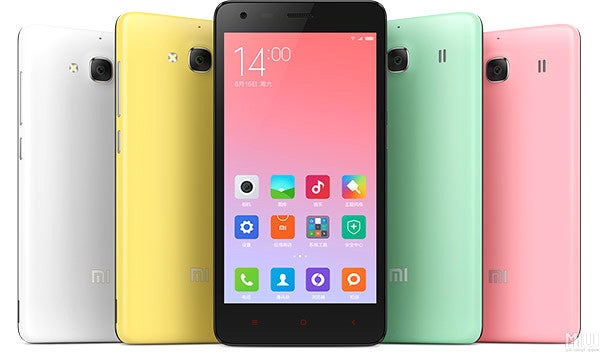
Sounds about right for a sub-$100 smartphone from a leading manufacturer, but the sticking point for you might be this relatively obscure Leadcore processor barely anybody outside of China has heard about. Well, Xiaomi has had a strategic partnership with Leadcore for a while, and last year there were rumors it will launch an incredibly budget-friendly handset with 4G connectivity, powered by a Leadcore chipset, and all of this materialized to the letter with the Redmi 2A.
The LC1860 processor has four Cortex-A7 cores, clocked at 1.5 GHz maximums, and one auxiliary core for the mundane tasks, coupled with a dual-core ARM Mali-T622 graphics processing unit. This Leadcore silicon has now been benchmarked, and the results are pretty svelte for the phone's price point. The Redmi 2A scored more than 23, 000 points on AnTuTu, while the Snapdragon 410-powered Redmi 2 barely crosses the 20, 000 mark.
There is more to a chipset than synthetic benchmark scores, but still, this AnTuTu result goes to show that you won't feel underpowered with the Redmi 2A, especially at that price point, which was a reason for worry when we heard the somewhat unknown processor brand that powers it.
source: GizmoChina


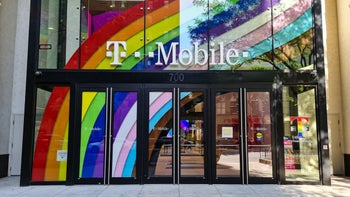
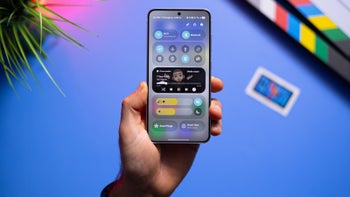

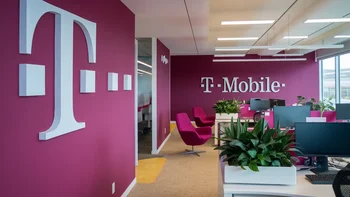
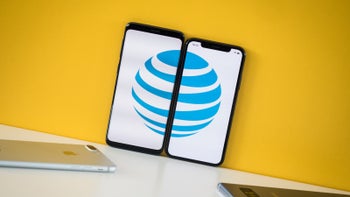
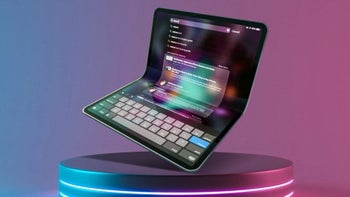
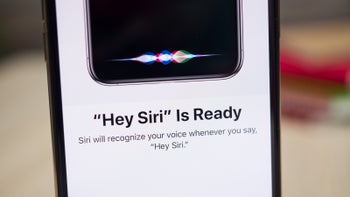



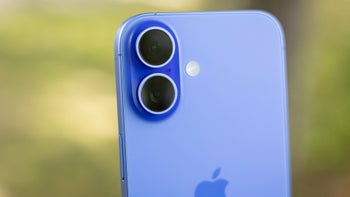
Things that are NOT allowed: